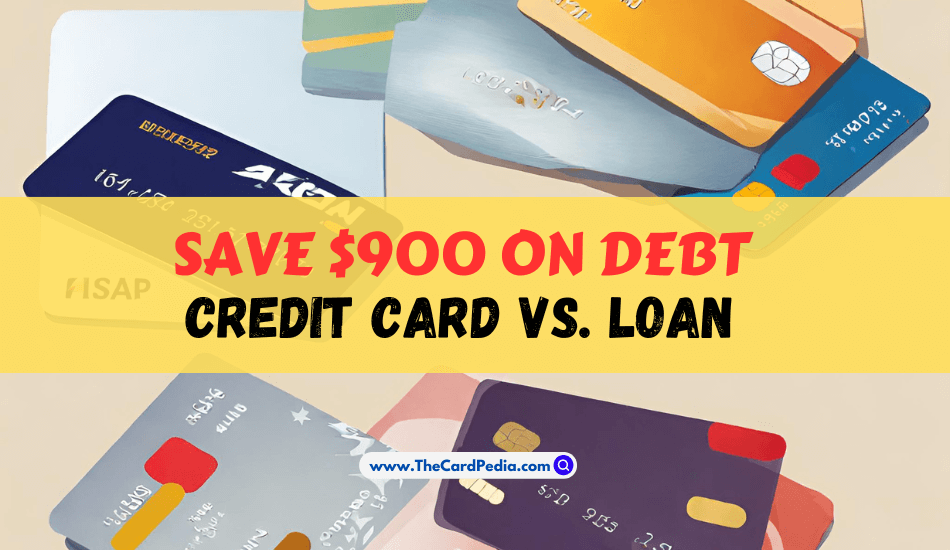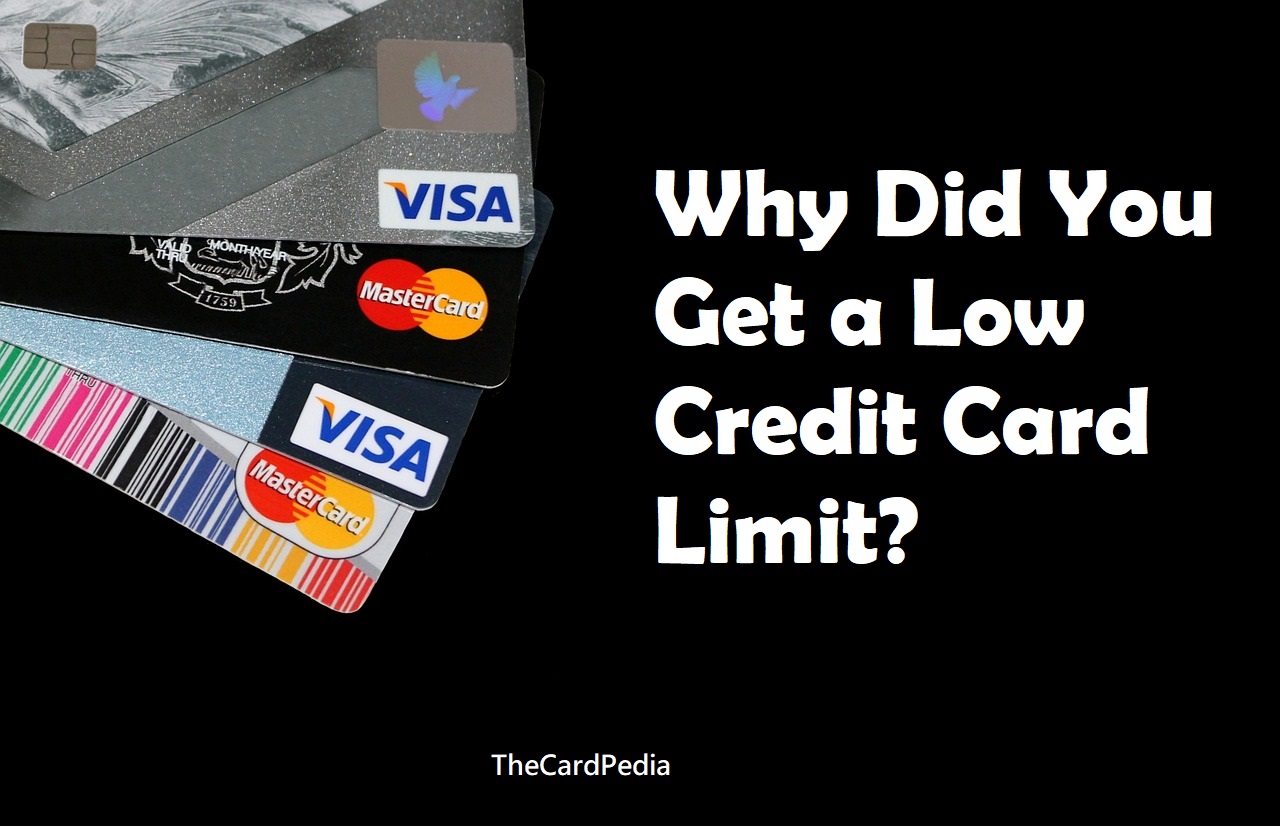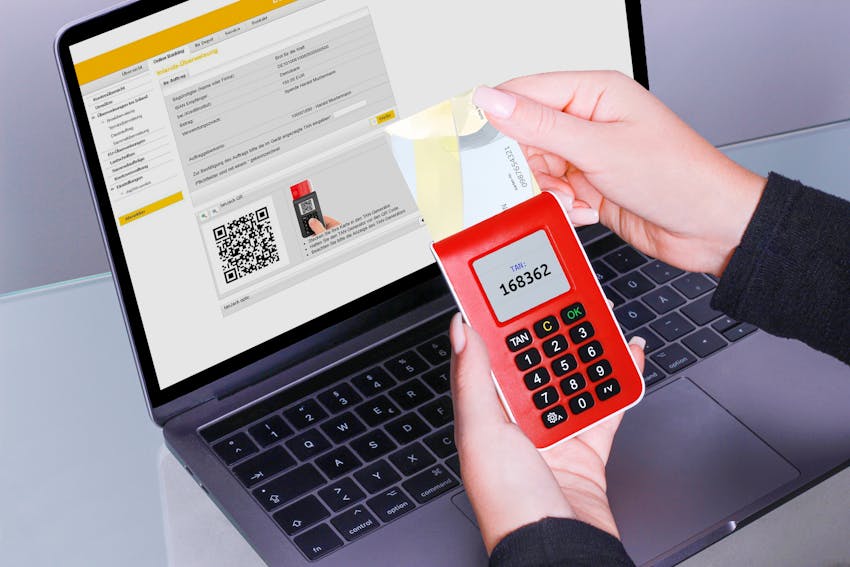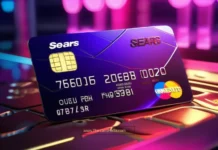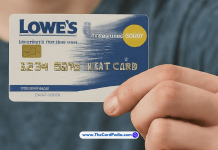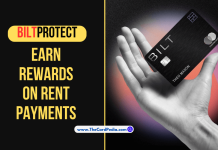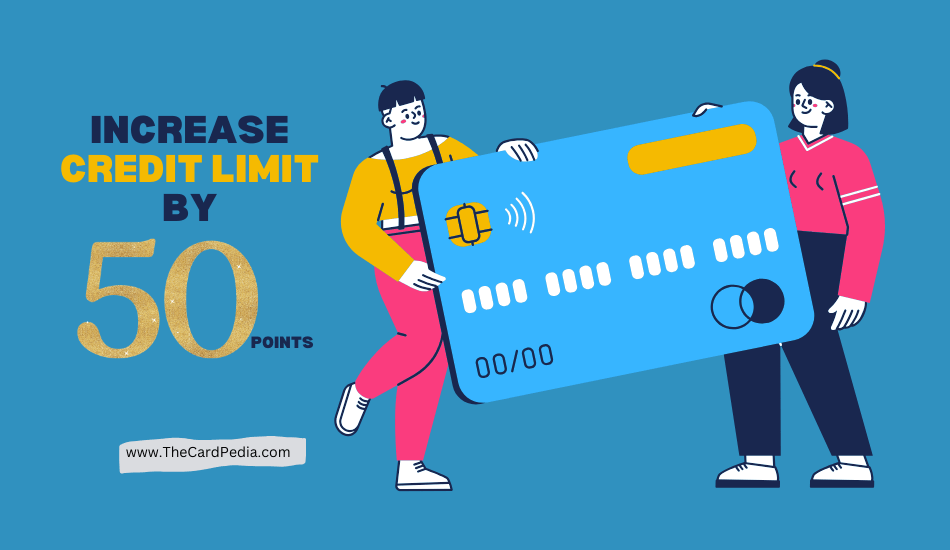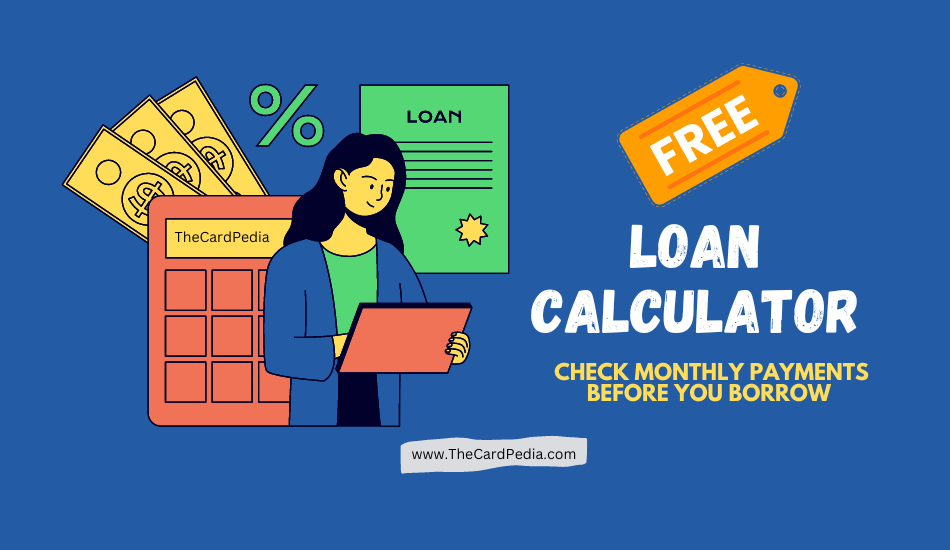Paying off a Loan with a Credit Card: Many Americans are Struggling with high-interest loans. You might be surprised to learn that a credit card can be a tool to help you pay off your debt. But before you start swiping, there’s a lot to consider. This blog dives deep into the world of using a credit card to pay off a loan, exploring the potential benefits, hidden drawbacks, and crucial steps to make it work for you.
Can You use a Credit Card to Pay off a loan?
Yes, in most cases, you can use a credit card to pay off a loan. Mainly, There are two main ways to pay your loan with a credit card.:
01. Balance Transfer
Many credit cards offer a 0% introductory APR on balance transfers for a limited time. This means you can transfer your loan balance to the credit card and pay it down without accruing interest during the promotional period.
02. Direct Payment
If your loan servicer allows it, you might be able to use your credit card to directly make your loan payment. However, this typically comes with a cash advance fee charged by the credit card company, which can be quite high (often exceeding 3%).
How a 0% introductory APR on Balance Transfers Works

Let’s take an example, if you have a credit card (Card A) with a balance of $5,000 and a high interest rate of 18%. You’re only making the minimum payments, and it feels like you’re barely making a dent in the debt due to the accumulating interest.
Then, you come across a credit card (Card B) that offers a 0% introductory APR on balance transfers for 12 months. This means if you transfer your $5,000 balance from Card A to Card B, you won’t be charged any interest on that amount for the next year.
Here’s how it benefits you:
- Reduced Interest Charges: Instead of paying 18% interest on your $5,000 balance, you’ll pay 0% interest during the introductory period on Card B. This saves you a significant amount of money you would have otherwise paid in interest.
For instance, let’s calculate the interest saved in 1 year:
Interest on Card A (1 year) = Balance x Interest Rate = $5,000 x 18% = $900
With the 0% APR on Card B, you save: $900 (interest on Card A) – $0 (interest on Card B) = $900
| Card | Interest Rate (%) | Interest (1 Year) |
|---|---|---|
| A | 18% | $900.00 |
| B | 0% | $0.00 |
- Faster Debt Payoff: By eliminating interest charges, you can allocate more of your monthly payment towards the actual principal amount. This allows you to pay down the debt much faster.
In this example, if you continue making the same minimum payment you were making on Card A, you’ll be putting more money towards the principal balance on Card B due to the 0% interest. This accelerates the process of paying off the debt.
However, there are a few things to keep in mind:
- Balance Transfer Fee: Many cards charge a balance transfer fee, typically ranging from 3% to 5% of the transferred amount. So, in this case, the transfer fee could be between $150 and $250. Factor this into your calculations to see if the interest saved outweighs the fee.
- Introductory Period: The 0% APR is only valid for a limited period, often 6 to 21 months. Make sure you have a plan to pay off the balance before the introductory period ends. Otherwise, you’ll be charged the regular APR on Card B, which could be even higher than your original card’s rate.
By carefully considering these factors, a 0% introductory APR on balance transfers can be a powerful tool to save money on interest and pay off high-interest debt faster.
Is it a Good Idea? We explore the Pros and Cons
There can be a benefit to using a credit card for loan payoff, but it’s a tightrope walk. Here’s when it might be a good strategy to pay off a Loan with a Credit Card.
- Balance Transfer with a 0% APR: If you have excellent credit and can qualify for a 0% intro APR offer on a balance transfer card, and you’re confident you can pay off the loan entirely within the promotional period, this can save you significant money on interest.
For Example: Let’s say you have a $5,000 loan with a 15% interest rate. You transfer the balance to a credit card with a 0% APR for 12 months. By paying off the balance completely within that year, you avoid the $750 in interest you would have paid on the loan.
But Be Careful! If you don’t pay off the balance before the intro period ends, you’ll be charged interest on the remaining amount, likely at a much higher rate than your original loan. This can worsen your debt situation.
| Pros | Cons |
|---|---|
| Save Money: Pay off the balance before the 0% intro period ends to avoid interest charges. | Big Fees: Balance transfer fees can range from 3% to 5% of the transferred amount. |
| Rewards Bonus: Some cards offer points or cash back for balance transfers. | Interest Trap: Missing a payment can lead to high-interest charges, negating any savings. |
| Credit Score Dip: Missing out your credit card can hurt your credit score. |
Important factors to consider before making the Switch

Here’s why using a credit card for a loan payoff can be risky. There are lots of factors we need to consider while making a switch.
| Factor | Description |
|---|---|
| Length of Intro Period | How long will the 0% APR on balance transfers last? (typically ranges from 6 to 21 months). You’ll need a plan to repay the debt before the intro period ends to avoid accruing regular APR. |
| Balance Transfer Fee | Many cards charge a fee for transferring a balance, typically 3% to 5% of the amount transferred. Weigh this fee against the interest you’d save during the intro period. |
| Regular APR After Intro Period | What interest rate will apply to the remaining balance once the intro period ends? This rate could be even higher than the one on your original card. |
| Your Credit Score | You’ll generally need good to excellent credit (typically a score above 670) to qualify for the best 0% intro APR offers. |
| Your Spending Habits | Resist the urge to add new charges to the new card. This will only add to your debt and negate the benefits of the 0% intro APR. |
| Fees for Late Payments | Late payments can result in a penalty APR being applied, wiping out any interest savings and potentially even exceeding your original interest rate |
Tips for success: How to Strategically leverage your Credit Card to Conquer Debt
Before resorting to a credit card, consider these alternatives:
- Debt Consolidation Loan: You might be able to qualify for a personal loan with a lower interest rate than your existing loan. This can simplify your payments and potentially save you money.
- Negotiate with Your Lender: Some lenders may be willing to lower your interest rate if you explain your situation.
- Create a Budget and Increase Payments: Focus on paying down your existing loan by creating a budget and allocating more funds towards it.
🔍 Read More:
- Credit Karma: Free Credit Score & Reports access in 2024
- What is APR: Your Guide to Choosing the Right Credit Card
- Credit Card Limit Mystery: Why Did You Get a Low Limit?
- 7 Must-Know Tips for Homeowners Using the Lowe’s Credit Card
- Free Credit Score Repair Guide: Fix Your Credit, Boost Your Score
The Bottom Line
Using a credit card to pay off a loan can be a risky strategy. While a 0% balance transfer offer can be tempting, it requires a strict plan and the discipline of Paying off a Loan with a Credit Card before the intro period ends. Consider all the risks and explore alternative solutions before making this move.
As a Financial Analyst at TheCardPedia, I strongly recommend that if you’re facing loan challenges, reach out to your lender to discuss options for consolidating your debts or establishing a manageable repayment plan. These approaches can offer a more secure path to tackling your debt.
At TheCardPedia.com, we’re your trusted guide to mastering credit cards. Explore expert insights, trends, and tips to make savvy financial choices. Start your journey to financial empowerment now!

